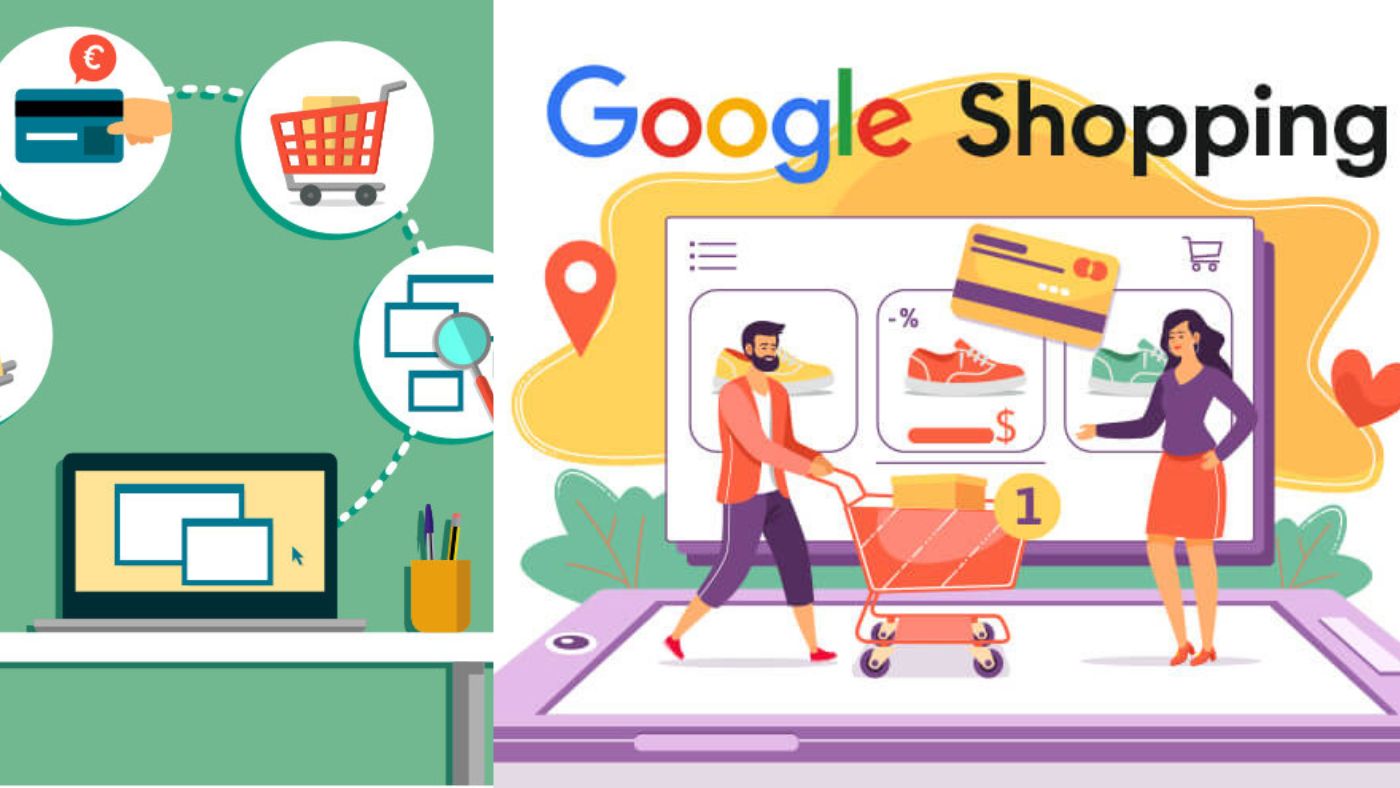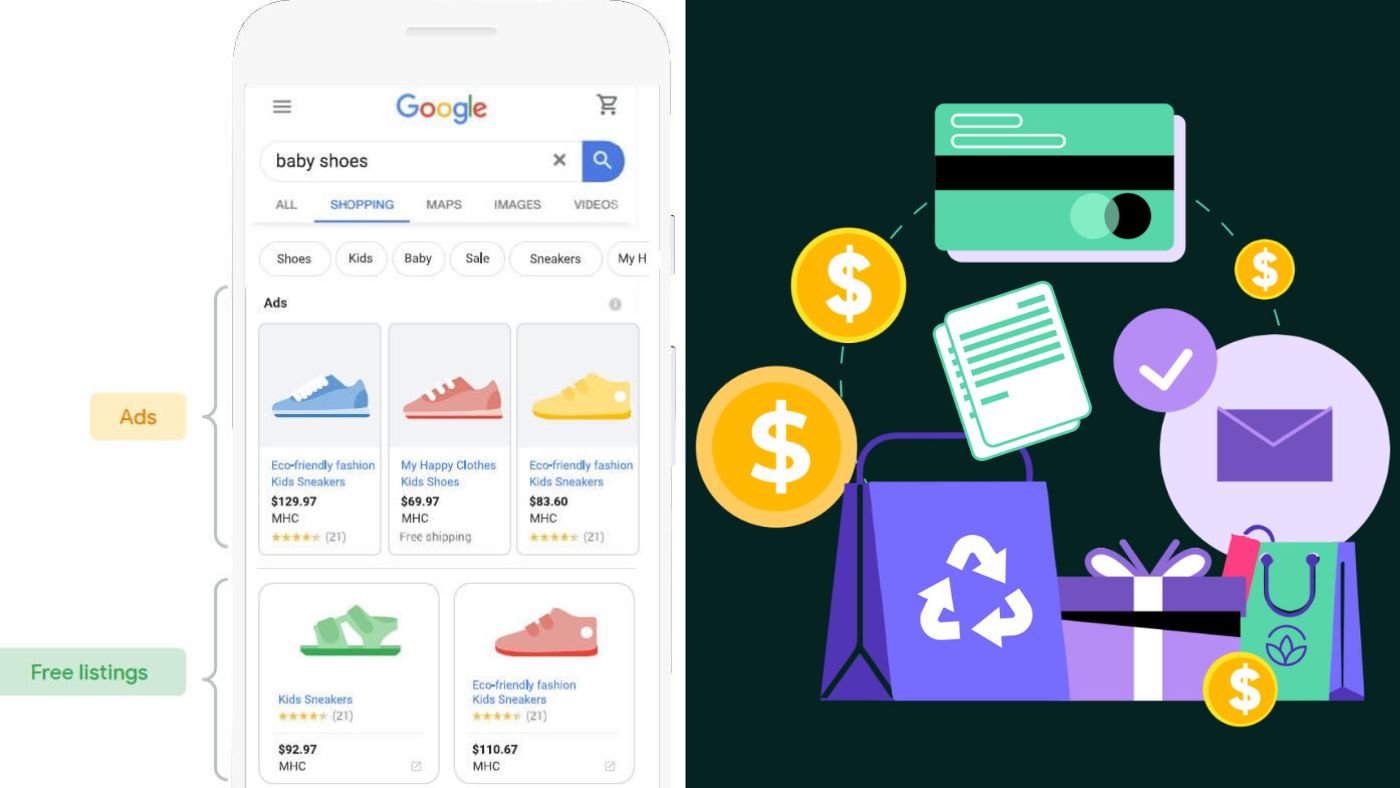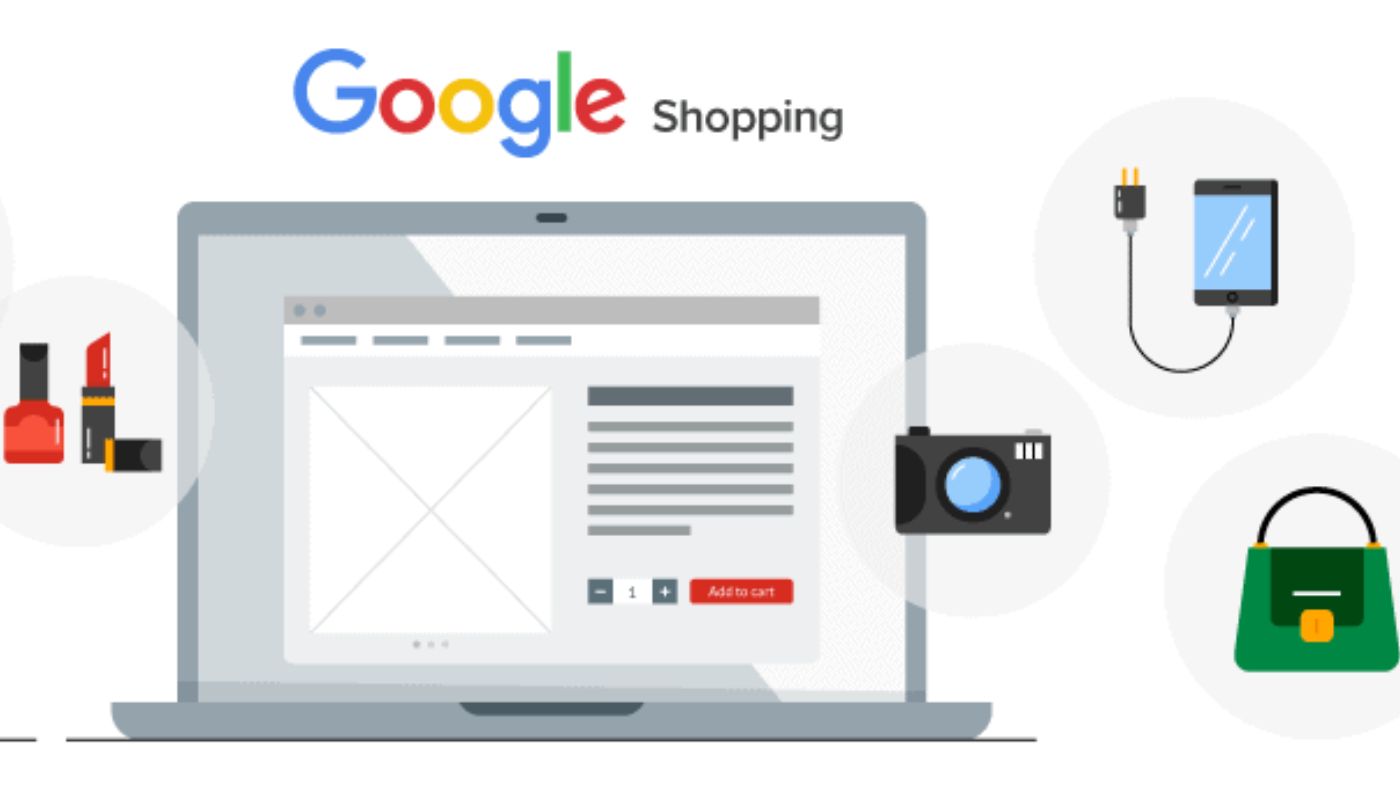Struggling to attract visitors to your online store and increase your sales? You’re not alone. The increasing competition in the online market has made driving traffic to your website extremely challenging.
People have started relying on search engines to discover the products they want to purchase, and if you’re not visible enough, you’ll be left behind.
With the introduction of Google Shopping Ads for eCommerce services, your products may be displayed at the top of Google’s search results, giving your online store a better chance of attracting customers and driving more sales.
In this blog, we will share tips on driving more traffic and sales with Google Shopping ads for eCommerce services.
Google Shopping Ads for eCommerce are paid advertisements that let companies advertise their goods on the Google Shopping tab and Google Search.
These advertisements are very noticeable and appealing to potential buyers because they show the product image, price, and store information at the top of search results.
Simply put, Google Shopping ads are specific product advertisements for online retailers that appear at the top of the search engine result page (SERP). Additionally, they are the top result on Google Shopping, the company’s price comparison tool.

Targeting for Google Shopping Ads depends on the product’s characteristics, including brand, category, and unique features. It allows companies to connect with clients looking for particular goods or product categories.
For example, shopping ads optimization for different watches from various merchants will appear at the top of the search results if a customer searches for a watch.
Google Shopping Ads strategy provides many benefits for eCommerce businesses, making it an effective tool for driving traffic and sales. Let’s discuss a few of them below:
Increased Visibility: Google Shopping Ads for eCommerce companies provide more exposure on Google search results pages and other Google platforms.
When customers look for products related to what you sell, your products have attractive photos, competitive prices, and detailed descriptions at the top of search results. This strategic positioning draws more potential clients to your online business and increases your brand visibility.
For example, suppose someone searches for a “red summer dress,” and you own a clothing business. In that case, the chances of clicks and conversions will increase when your eye-catching advertisement featuring your best-selling red summer dress appears at the top of the search results.
Targeted Advertising: Google Shopping Ads’ highly targeted advertising capabilities allow you to contact prospective clients looking for products like yours.
You can ensure that customers likely to purchase see your advertisements by optimizing your product feed and taking advantage of Google’s advanced targeting capabilities.

For example, you can target particular geographic regions or demographics or even remarket to people who have already visited your website but did not complete a transaction.
Using a focused approach, you can maximize your campaign’s return on investment (ROI) and ensure your advertising money is spent effectively.
Pay-per-click Pricing Model: Google Shopping Ads for eCommerce operates on a pay-per-click (PPC) pricing model, meaning you only pay when someone clicks on your ad.
Increased ROI: Google Shopping Ads optimization often yields higher returns on investment (ROI) than traditional text ads. This is because potential buyers can view an image of the product with its price and other pertinent information before clicking on the advertisement.
Detailed Reporting: Google Ads for eCommerce provides extensive data on metrics such as impressions, clicks, click-through rate (CTR), conversion rate, and more. This enables you to carefully monitor the effectiveness of your advertisements and decide on your advertising plan.
Wider Reach: Google Ads services enable you to reach a broader audience of potential customers actively searching for similar products.
Unlike traditional text ads that use keywords, Google Shopping ads use product data to deliver relevant advertising to consumers based on their search queries and browsing behavior.







Leave a Reply